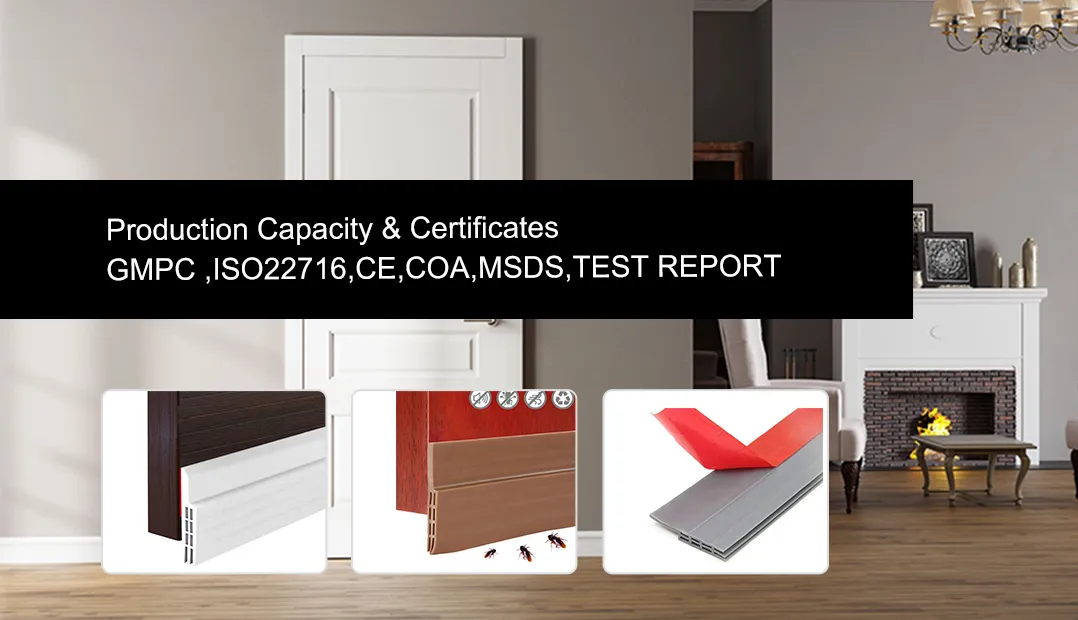Exploring Edge Banding Techniques for Enhanced Furniture Aesthetics and Durability
The Art and Science of Edge Banding An Essential Step in Furniture Production
Edge banding is a crucial process in the furniture manufacturing industry, pivotal for enhancing both aesthetics and durability. As technology advances and design trends continue to evolve, the importance of edge banding has grown, making it an essential aspect of modern woodworking.
What is Edge Banding?
Edge banding involves applying a thin strip of material, typically made from wood veneer, PVC, or acrylic, to the raw edges of panels made from particleboard, MDF, or plywood. This process serves several purposes it protects the substrate from moisture and physical damage, provides a finished look to flat surfaces, and allows for more intricate designs by employing different colors and patterns.
The Benefits of Edge Banding
1. Protection One of the primary functions of edge banding is to shield the core material from water and other elements. Unprotected edges can absorb moisture, leading to swelling, warping, and eventual deterioration. Edge banding provides a barrier that significantly prolongs the life of furniture pieces.
2. Aesthetics Edge banding elevates the visual appeal of furniture. Raw edges can detract from the overall look of a piece, making it appear unfinished. By applying edge banding in complementary or contrasting colors, manufacturers create a polished look that aligns with current design trends.
3. Customization The variety of materials used for edge banding allows for extensive customization in the design process. Manufacturers can choose from a range of thicknesses, textures, and finishes, enabling them to match or contrast with the primary surface material. This flexibility means that designers can experiment with creative ideas, offering bespoke solutions to clients.
Types of Edge Banding
There are several types of edge banding materials available, each suited for different applications
edge banded

- Wood Veneer This natural option provides an authentic look, especially when matching solid wood furniture. It can also be stained or finished in various ways to achieve a desired appearance.
- PVC (Polyvinyl Chloride) PVC edge banding is popular due to its affordability, durability, and wide range of colors and finishes. It is often used in commercial furniture, where consistency and durability are paramount.
- Acrylic Known for its glossy finish and vibrant colors, acrylic edge banding adds a modern touch to furniture designs. It is scratch-resistant and offers a high level of visual appeal.
Edge Banding Techniques
The method of edge banding can significantly impact the quality of the finished product. There are various techniques employed
- Hot Melt Adhesive This is the most common method, where a hot adhesive is applied to the edge banding and substrate. The heat activates the adhesive, creating a strong bond as it cools.
- Laser Edge Banding An innovative approach that eliminates the need for traditional adhesives. Instead, the laser melts the edge banding, fusing it directly to the substrate for a seamless finish.
- Manual Edge Banding Although less common in mass production, manual edge banding methods allow for greater flexibility and skill. Craftsmen may apply the edge banding by hand, perfecting the alignment and bond.
Conclusion
Edge banding is more than just a finishing touch; it is a fundamental part of the furniture manufacturing process that combines protection, aesthetics, and customization. As trends continue to evolve, so does the technology and techniques associated with edge banding, allowing manufacturers to produce high-quality products that meet the demands of discerning customers. Whether in residential or commercial applications, the importance of edge banding will only continue to grow, making it a key area for innovation and skill in the woodworking industry.
-
Under Door Draught Stopper: Essential ProtectionNewsJul.31,2025
-
Garage Door Seal and Weatherstrips for ProtectionNewsJul.31,2025
-
Edge Banding Tape for Perfect EdgesNewsJul.31,2025
-
Table Corner Guards and Wall Corner ProtectorsNewsJul.31,2025
-
Stair Nose Edging Trim and Tile Stair SolutionsNewsJul.31,2025
-
Truck Bed Rubber Mats for Pickup BedsNewsJul.31,2025
-
Window Weather Stripping for Noise ReductionNewsJul.29,2025